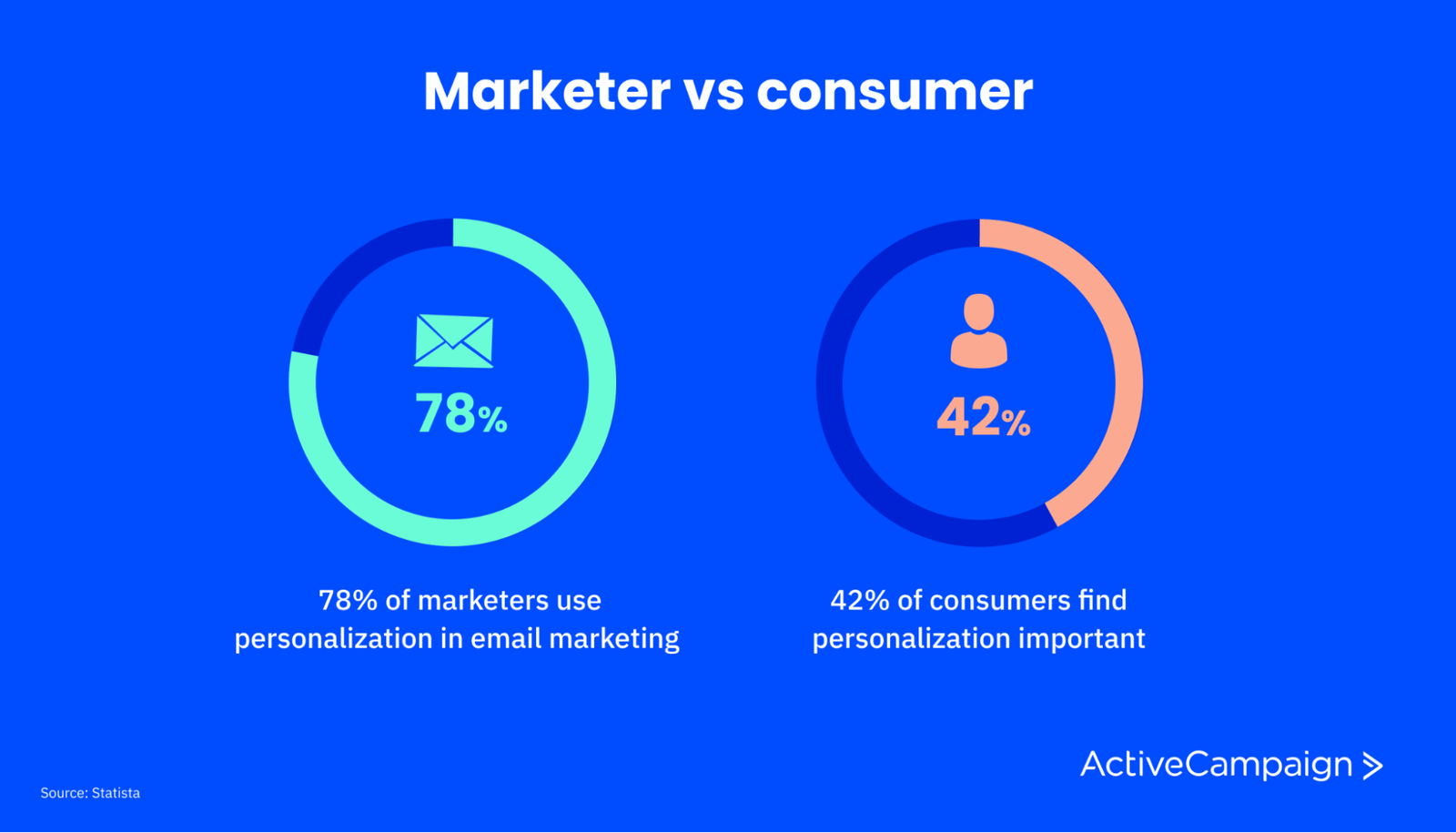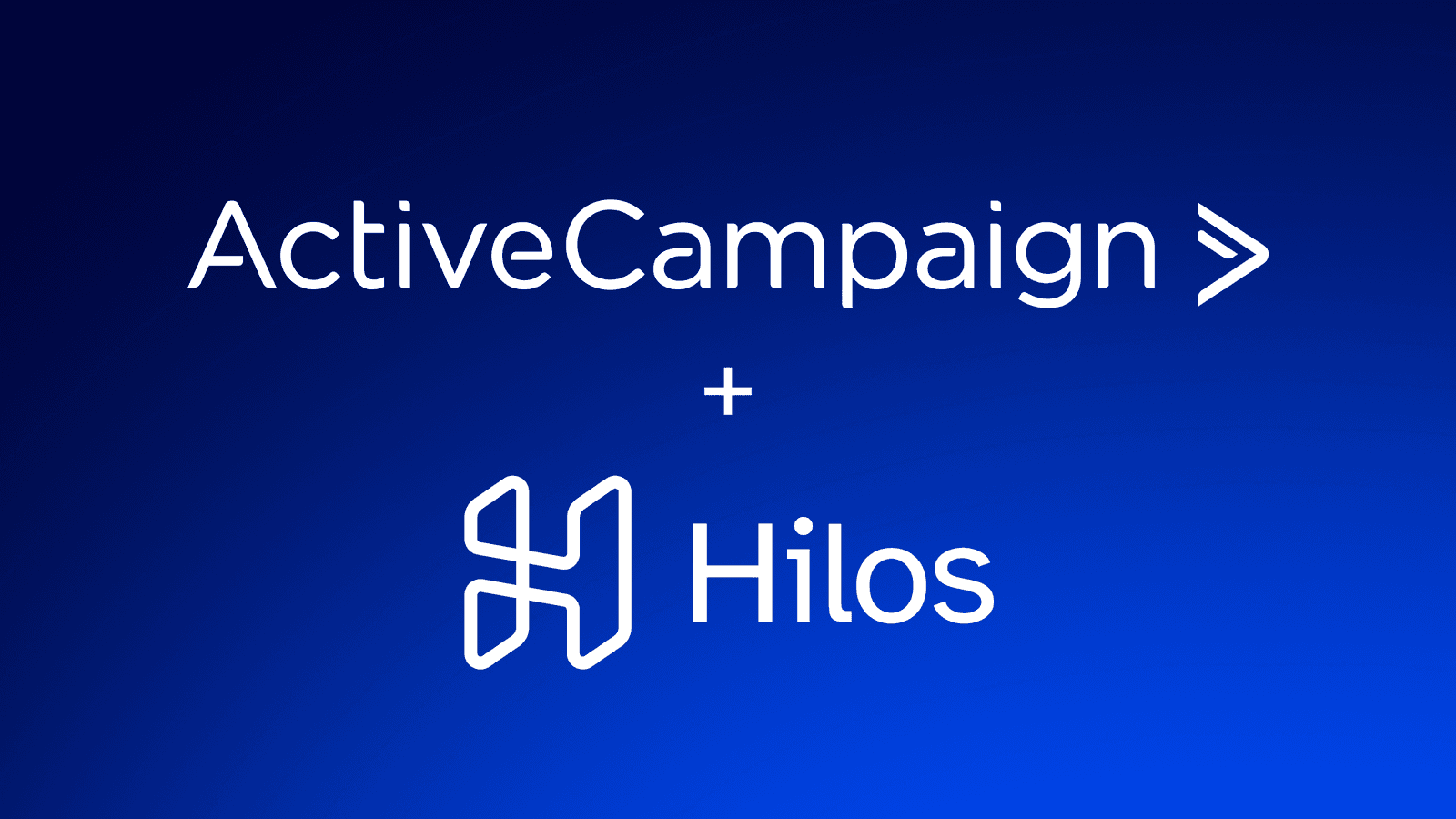This post was updated on September 28th, 2022.
Are you finding that your marketing campaigns aren’t getting the desired results?
Or that your products aren’t standing out from the competition?
Or maybe you’re struggling to get customers to convert before they bounce from your site?
For many marketing and business performance problems, customer segmentation can provide new insights and strategies that make the most of your budget.
You can target customers with highly personalized campaigns, offer top-quality customer service, and even develop new products, services, or approaches that help your customers exactly the way they’ve been looking for.
This article will give you the complete definition of customer segmentation, its benefits, and how you can implement it in your business.
Table of contents
What is customer segmentation?
Customer segmentation is a way to organize your prospects, contacts, and customers by common characteristics to provide them with targeted information, a personalized experience, and products that feel designed for them.
Many B2B and B2C marketers use customer segmentation for email marketing and other campaign strategies, but you can use it for far more.
You’ll frequently find customer segmentation strategies driving success in the marketing, product development, and customer service teams at the most successful businesses.
With a customer segmentation strategy, you can personalize, automate, and track key groups in your target audience. You can then design highly targeted, useful, and customizable campaigns and strategies to boost the growth of your entire business.
And the numbers back that up.
A whopping 93% of B2B professionals say personalization led to revenue growth in 2020.

The way we see it, customer segmentation is a win-win. Customers get a personalized experience with your company, and you get to focus your resources on what produces the best results for your business.
4 benefits of customer segmentation
Let’s take a closer look at 4 possible positive outcomes from a target segmentation strategy.

1. More actionable customer data
A good customer segmentation strategy identifies common characteristics between your customers. This starts with using robust data sources that give you the information you need to organize your customer segments.
With this kind of data, you can launch all kinds of initiatives for your target audience, including personalized marketing campaigns—which is something 78% of marketers say they use and 42% of consumers say is important to see.

Keep in mind, though, that plenty of personalization strategies aren’t obvious to consumers. Tactics like including a customer’s first name in your marketing emails are surface-level personalizations your customer data can reveal, but there are plenty more effective approaches you can pursue.
For example, your customer data may reveal what products your customers are most interested in or concerns about things like price points or extra features. Use data like this to create customer segments and build email marketing campaigns that address each segment’s concerns.
2. Increased focus on the most profitable customers
In a customer segmentation strategy, you’ll organize your customers by common characteristics like location, age, or income. You’ll quickly build a view of your most profitable or high-value customers by segmenting them and gathering data on their buying habits.
The most profitable customers will look different from business to business. They might be high-income buyers after your priciest product or lifelong subscribers whose payments you can count on for years.
Whatever the most profitable looks like for your business, create a segment for it. Then, you can devote extra resources and attention to those customers to close more high-value sales.
3. Improved customer service
With customer segmentation, you can identify niche pain points and address them in every facet of your business, from pre-purchase to customer service.
For instance, if you have a large segment of customers over 65, you might consider highlighting your phone support options for this demographic. But millennials and Gen Z might be more likely to engage with live chat software or self-serve content.
4. Higher customer engagement and loyalty
When you tap into your customers’ precise pain points, they’re more likely to engage with your brand. And if you can keep that up, they’ll come back again.
Of course, when customers are happy, engaged, and loyal, that means great things for your bottom line. Plus, your team will work more efficiently as they focus on tasks that make the most significant impact.
5 types of customer segmentation (with examples)
When you segment customers, you can do so according to any criteria you like. You can customize your segments to your business needs and goals.
Thinking about your customers in segments can spark new ideas and inspire your next marketing campaign or product line. You’ll be able to identify what’s truly unique about your customer base and tailor your entire business to serving those niches.

Although you can choose your customer segments, there are 5 main ways to segment customers that can help jumpstart your strategy.
1. Demographic segmentation
Demographic segmentation categorizes your customers by observable traits like age, gender, marital status, or occupation. It’s 1 of the most common ways to segment customers because demographic data is often easier to collect than other types of data.
With broad groupings, you can create high-level strategies for large swaths of your target audience. For instance, if you have product lines at different price points or geared toward different genders or ages, you can shape an overall strategy for each segment that highlights the best products for them.
Here are a few examples of how you can use demographic segmentation in your strategy. You can segment your audience by:
- Income to highlight products based on price point
- Age to decide which social media platforms are most appropriate to reach potential customers
- Family size to offer deals and packages for larger groups
2. Geographic segmentation
Geographic segmentation is pretty simple. You need to gather your customers’ location data.
Once you have that data, you’ll need to consider how specific your geographic data should be.
Do you need to know a customer’s country or region, or do you need their specific zip code?
Check out this list of a few ways to use location data to segment customers:
- By country or region to provide the correct language or currency
- By zip code to run ads for local stores or deals
- By urban, suburban, or rural areas to offer the most appropriate products or services
3. Psychographic segmentation
Psychographic segmentation digs deep into your customers’ habits and lifestyles.
With this kind of customer segmentation strategy, you get beyond what you can easily observe your customers doing and how they think.
Customer personas, which are often created for marketing and sales campaigns, are a great example of the kind of information psychographic segmentation looks for. It gets into why the customer chooses certain products or brands.
Some of the most common factors in psychographic segmentation include:
- Interests: These include your ideal buyer’s hobbies and what they do in their free time. Even though hobbies will differ from person to person, your customer segment will have common interests that can be incorporated into a marketing campaign.
- Lifestyle: This is how your customers view themselves in society. This factor can be influenced by several big life choices, such as their careers, relationships, etc.
- Opinions: These are your customer’s opinions, beliefs, and attitudes. What are their opinions about different matters, such as government issues? Do they have a certain religion? Etc.
- Social status: Social status is closely related to lifestyle as it focuses on placing customers into social classes—which are often influenced by their background and careers. Do your customers identify with the lower, middle, or upper class? How does this influence their buying decisions?
- Activities: Activities tend to stem from interests. For example, if a person is interested in the keto lifestyle, they may consider going to a keto-friendly restaurant.
Psychographic segmentation might help you identify customers who are always seeking specific offers, such as sustainable products or subscription boxes for household needs, rather than going to the store.
Based on this information, you might consider developing a marketing campaign highlighting your company’s sustainability efforts or developing a subscription-based model for some of your major products.
4. Behavioral segmentation
Behavioral segmentation organizes customers based on their actions in relation to your company. Actions like clicking on an email, purchasing a product, or contacting customer service can all be tracked under a behavioral segmentation strategy.
Often, raw data like clicks or purchases is used to gauge metrics like customer experience, engagement, or loyalty.
With this information in hand, marketers, UX experts, and other team members can optimize the customer journey to enhance the overall experience for new and repeat customers alike.
You can use behavioral segmentation to categorize customers by:
- Previously purchased products to recommend new items the customer may be interested in
- How often they use your product to create different marketing cadences based on level of use
- Loyalty to offer special deals and announcements to repeat customers
5. Value-based segmentation
You can also segment your target audience based on customer lifetime value (CLV). In this approach, you group customers based on how much revenue you expect them to generate for your business throughout their relationship with you.
With value-based segmentation, you may decide to give special perks to your highest-value customers, such as implementing a loyalty program or providing priority customer service.
Or, you can identify customers with a low CLV and work toward nurturing them into a higher-value segment.
Increase Your Email Conversion Rate
How to build a customer segmentation strategy
Ready to start segmenting customers? Follow these 7 steps to build a customer segmentation strategy that’s right for your business.

1. Choose your segments
First, what audience segments do you want to use in your strategy?
Use the above list to decide what segments will be most helpful based on your business goals.
Be sure to consider the needs of your marketing, sales, and customer service teams and any product developers or other interested parties.
If this is your first time doing customer segmentation, start small. Choose a couple of ways to segment your audience and build from that as you begin to see results.
2. Gather customer data
You may store tons of customer data in your CRM, email marketing software, or other data and analytics tools.
Based on your chosen audience segments, start pulling the data you need and organizing it in a helpful way. If the data you need isn’t easily available, it’s time to dig in and start pulling reports or setting up tools that track and gather customer data.
However, make sure that the data you pull is high quality. You don’t want to spend weeks or months working on a campaign based on your customer data to find out later that the data isn’t accurate.
3. Pick customer segmentation software
We’ll be honest with you: you’ll probably need some customer segmentation software to pull off your strategy. It’s a growing market, with U.S. marketers spending $3.2 billion on data analytics and segmentation solutions in 2020.
Many marketing software providers such as ActiveCampaign offer segmentation features, and you may be able to find them in the CRM you already use, too.
If you don’t have software with list or audience segmentation capabilities, look for 1 that’s easy to use, adaptable to your team’s needs, and scalable alongside your business.
You may also want to consider a software solution with machine learning components. 46% of marketers used machine learning to personalize their campaigns in 2020, compared to 26% in 2019.
In the example below, you can see how ActiveCampaign can automatically segment customers for you based on customer behavior:

4. Create customer segments
Next, define each customer segment and set them up as tags in your software.
Use simple labels for each segment and make sure your entire team knows how to use them. If you can, color-code your segments to get an easy visual of your entire audience.
You might consider creating a key or guide to your customer segments to help your team understand the purpose of each segment or group. It’s also smart to limit the number of people who can alter customer segments to preserve your marketing data's integrity.
5. Set up automations
Automating your customer segmentation will save you a ton of time. Plus, you’ll be more accurate.
You’ll create parameters for each audience segment with customer segmentation and marketing automation. When a customer meets the criteria for a segment, they’ll immediately be added to the right tags, lists, or groups.
This real-time behavioral segmentation is incredibly helpful, especially for ecommerce professionals—which is why a whopping 68% of them used this approach in 2020.
Some software options, such as ActiveCampaign, offer other automation and personalization features to further your segmentation strategy.
In the example below, a simple action like visiting your webpage triggers an automated email and sales team notification to follow up with that contact at the right cadence.

6. Craft personalized campaigns
Now you’re ready to put your segments to the test.
Send segment-based emails, run targeted local ads, and brainstorm new products based on the segments you’ve created or discovered in your strategic planning process.
Look out for ways to use your customer data even more effectively. For example, ActiveCampaign also has features like dynamic content, which allows you to pull customer data into a personalized email template automatically.
7. Test and refine your customer segmentation strategy
As with most business strategies, your customer segments may not be perfect the first time. You may be targeting the wrong ones for your marketing goals or not using them as effectively as you could be.
Use the data you collect about your customer satisfaction and ROI to test and refine your strategy as you go to ensure you’re always getting the best results.
Pay attention to how your most important marketing metrics change when you add or adjust your customer segments.
For instance, if you start segmenting customers by their interest in a particular product, you’ll want to measure the change in sales for that product.
An increase likely means your segmentation strategy is working, while a decline in sales might indicate you need to go back to the drawing board and think of new ways to interact with your customers.
Frequently asked questions
What’s the difference between customer profiling and segmentation?
Customer profiling is the process of getting to know your customers inside and out. A customer profile consists of all the details related to your ideal customer, including their age, ethnicity, interests, income, behavior, etc.
On the other hand, customer segmentation uses the information gathered from the customer profiles to divide customers into groups based on their similarities. You can then target these customers with specific messages you think will appeal to that segment, which should lead to a more successful marketing campaign outcome.
Is there a difference between customer segmentation for B2B and B2C businesses?
Generally, B2B businesses have smaller groups of customers. Thus, these types of businesses will likely have fewer customer segments with smaller groups of people in each segment. On the other hand, B2C businesses often have large customer segments.
However, when it comes to segmenting customers, B2B and B2C businesses follow the same steps—the only difference being that B2B businesses will have a more business-focused approach. In other words, they’ll primarily focus on the customer’s business pain points and factors instead of their personal lives.
How do you name a customer segment?
Naming customer segments can be helpful since it helps prevent confusion for your internal and external teams.
It’s important to create your customer segments before you start brainstorming names. Once you’ve defined your segments and know all the details about each segment, you can choose a name that effectively represents the people in that segment.
For example, if 1 of your segments focuses on IT specialists in California, you can name the segment something like “California IT Specialists.”
Build a customer segmentation strategy today
Customer segmentation helps your business get better results. You’ll know more about your customers and better cater to their needs and pain points throughout the customer journey.
Ready to start segmenting your customer base? Talk to an expert at ActiveCampaign today.








